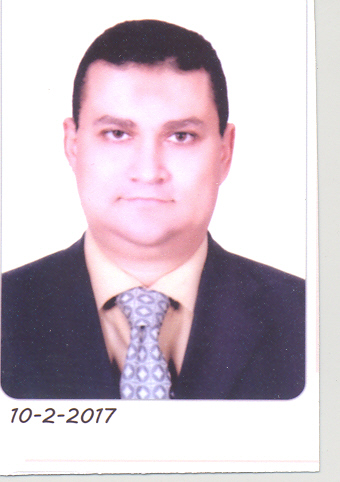Objective: Opinions about the timing and surgical techniques of myringoplasty in children with chronic suppurative otitis media have been conflicting for many years. The aim of this study was to evaluate surgical and functional results of myringoplasty in selected children with tympanic membrane perforation and assess factors potentially influencing their outcome.
Patients and Methods: The study included 82 patients aged from 7 to 14 years. Forty two were females and forty were males. All of the children underwent myringoplasty using underlay technique.
Results: Higher rate of anatomical failure was observed in cases with wet middle ear mucosa and with longer duration of discharge. The relation was statistically significant. The overall audiological success rate after one year was 79.5% (62/78). One year postoperatively, the hearing level changes in patients with taken grafts (66 patients) were as follows, in eleven cases the air bone gaps were closed to within 10 dB or less (mean preoperative gap was 21.5dB and mean post operative gap was 6.2dB). In 51 cases the gaps were improved (the mean preoperative gap was 30.5 dB and mean postoperative gap was 18.15dB). In three cases there were no changes and in one patient the hearing was deteriorated. In cases with broken graft (12 cases) one year postoperatively there were seven cases of deterioration of hearing (mean preoperative ABG was 28 dB and mean postoperative gap was 47dB). In five cases, there were no changes between pre and post operative ABG. The overall clinical success rate after one year was 80.5% (66/82). Conclusions: Based on our study findings, we recommend pediatric myringoplasty to preserve and restore hearing, prevent recurrent attaches of chronic otitis media and leave the child to bath and participate in water activities without restriction. The operation gives the child a safe, dry and functioning ear. Also, we recommend proper management of the ear to obtain dry ear at the time of surgery, this will increase the success rate of the operation.

